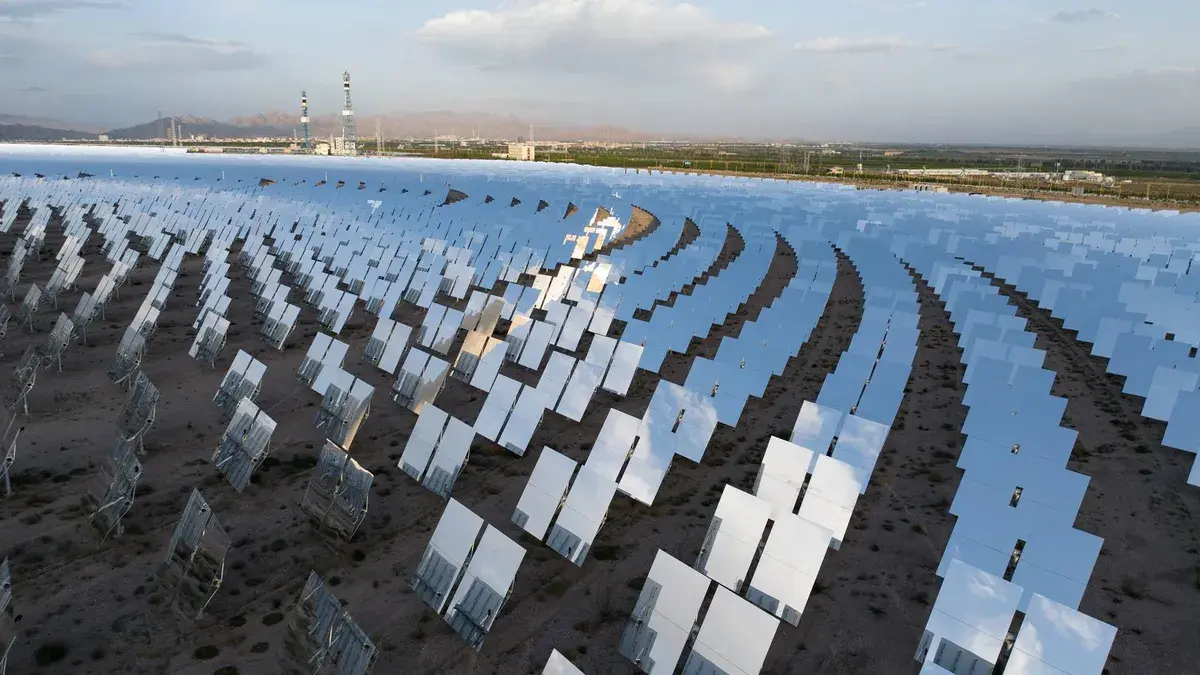Australia Made a Breakthrough in Using Mirrors to Generate Solar Power
time:2023-10-31 17:05:14 Views:0 author:Jinan Freakin Power Ltd.
Through the use of solar collectors, concentrated solar thermal technology (CST) harnesses solar energy to produce heat or electricity. The process is simple although difficult to execute successfully: large mirrors or lenses focus sunlight onto a narrow region known as the receiver. These mirrors are what are known as solar collectors and they come in a variety of formats each with a distinct design and focusing technique, such as dish systems, solar power towers, and parabolic troughs.
The technology then sees the use of a receiver, which is situated at the solar collector's focal point, that is in charge of absorbing and turning the concentrated sunlight into heat. The receiver's contents include heat-transfer fluids such as molten salt or high-temperature oil. CST has a few drawbacks: it requires a favorable climate with constant sunshine in order to function at its best, and it is expensive. Now, Australia’s National Science Agency CSIRO has made a key breakthrough in the technology which may make it very viable for the nation and perhaps the world.

The researchers were able to reach the crucial milestone temperature of 803 °C at the receiver for the first time ever. "This is significant because it creates the opportunity for greater renewable energy storage when combined with our patented heat exchanger," said Dr Jin-Soo Kim, who leads the agency’s solar technologies team.
"This technology is key to delivering low-cost renewable energy at scale for the decarbonization of Australia’s heavy industry. Over eight years of development and thousands of hours were invested to reach this outcome." The development sees the use of ceramic particles that can tolerate temperatures of over 1000°C to optimize CST. These particles simplify the system and cut energy costs by both absorbing and storing solar heat.
This is a great improvement on conventional CST practices that see the use of heat transfer fluids that can only endure 400°C to 600°C. The innovation could now offer Australia a strong alternative to PV solar energy which in many ways is limited. “CST doesn't compete with PV solar energy,” said Dominic Zaal, Director of the Australian Solar Thermal Research Institute. “PV gives you power when the sun is shining, whereas CST takes energy from the sun, stores it and then allows the user to use that energy when the sun isn't shining, such as overnight or on cloudy days.”
Currently, 400 mirrors make up the CSIRO trial system in Newcastle. A full-scale one, however, might require more than 10,000 larger mirrors. This would allow the installation to produce electricity on par with a 100 MW coal plant.
Better yet, the new solution is cost-effective. Dominic explained that this type of renewable heat technology will have a return on investment of less than ten years within five years. Meanwhile, the payback period will be shorter than four to five years by 2035.




